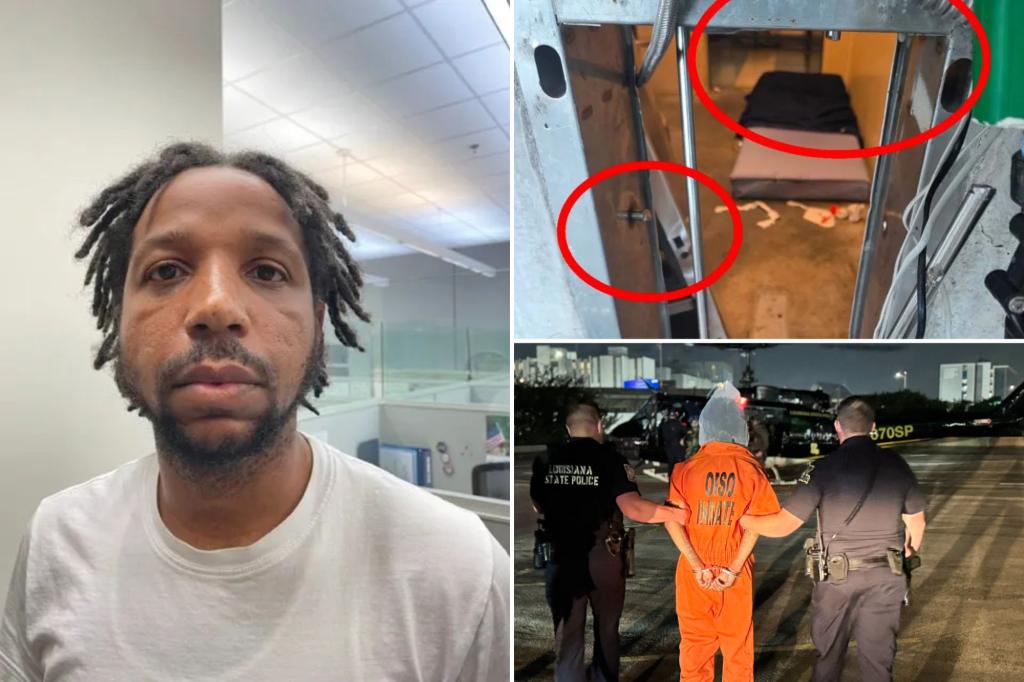Unraveling the Tensions: Lori Vallow’s Cross-Examination Sparks Controversy
In a dramatic turn of events, Lori Vallow Daybell’s cross-examination during her high-profile murder trial took a contentious turn as she clashed with a woman who previously dated her husband. The heated exchange, which unfolded in an Idaho courtroom on Tuesday, highlighted Vallow’s combative demeanor and raised questions about its potential impact on the jury. Legal experts suggest the confrontation could undermine her defense as prosecutors seek to portray her as manipulative and volatile.
Courtroom Confrontation Exposes Raw Emotions
The tension reached its peak when Vallow, 49, faced questioning about her relationship with Chad Daybell and her knowledge of his former girlfriend, Melanie Gibb. Prosecutors called Gibb to testify about Vallow’s alleged obsession with apocalyptic religious beliefs and her involvement in the deaths of her two children, JJ Vallow and Tylee Ryan, as well as Chad Daybell’s former wife, Tammy Daybell.
Key moments from the cross-examination included:
- Vallow’s repeated interruptions of Gibb’s testimony
- Sarcastic remarks directed at the witness
- Defensive body language, including eye-rolling and audible sighs
- Challenges to Gibb’s recollection of events
“You’re lying about that conversation,” Vallow allegedly snapped at one point, prompting Judge Steven Boyce to remind her that attorneys conduct questioning in court. The outburst drew gasps from spectators and note-taking from jury members.
Legal Experts Weigh In on Trial Strategy
Criminal defense attorney Mark Geragos, not involved in the case but familiar with high-profile trials, offered perspective: “When defendants engage directly with witnesses, it often backfires. Juries typically interpret this behavior as hostility or guilt, especially in cases involving such grave charges. The defense team likely counseled against these reactions, but sometimes emotions override strategy.”
Prosecutors appear to be building a narrative that Vallow’s combative courtroom demeanor reflects her alleged controlling personality off the stand. Former federal prosecutor Neama Rahmani noted, “This plays directly into the state’s theory that Vallow dominated those around her to facilitate these crimes. Each angry response potentially reinforces that image for jurors.”
The Psychological Impact on Jury Perception
Research from the American Psychological Association suggests jurors form lasting impressions of defendants within the trial’s first few days. A 2018 study found:
- 78% of jurors make preliminary judgments about defendant credibility during opening statements
- Defendant demeanor influences verdicts more than many jurors admit in post-trial interviews
- Visible emotional reactions register more strongly than verbal testimony in jury memory
Body language expert Susan Constantine analyzed courtroom footage: “Vallow’s micro-expressions—particularly the tightening of her jaw and prolonged eye contact with the witness—communicate defiance. These nonverbal cues often speak louder than words in shaping observer perceptions.”
Prosecution’s Case Gains Momentum
The contentious exchange came as prosecutors presented compelling digital evidence:
- Cell phone records placing Vallow near burial sites around the time of the disappearances
- Financial documents showing suspicious life insurance transactions
- Emails between Vallow and Daybell referencing “obstacles” being removed
Former FBI behavioral analyst Mary Ellen O’Toole observed, “The combination of digital footprints and interpersonal dynamics creates a powerful prosecutorial narrative. When technical evidence aligns with behavioral patterns, conviction rates increase significantly.”
Defense Strategy Faces Uphill Battle
Vallow’s legal team, led by attorney Jim Archibald, attempted damage control by redirecting focus to alternative theories:
- Questioning the forensic timeline
- Highlighting lack of direct physical evidence
- Suggesting other individuals had motive and opportunity
However, legal analysts note the defense faces challenges after their client’s courtroom outbursts. “Once a jury forms an emotional impression, it becomes difficult to shift their focus back to dry evidentiary issues,” explained trial consultant Jill Huntley Taylor. “The defense now must work twice as hard to recenter the narrative.”
What Comes Next in the Lori Vallow Trial
As the trial progresses, observers anticipate several critical developments:
- Chad Daybell’s potential testimony (scheduled for later this month)
- Forensic analysis of the children’s remains
- Psychiatric evaluations addressing Vallow’s mental state
The case continues to draw national attention, with Court TV reporting a 37% increase in viewership during key witness testimony. Legal experts suggest the trial could last another six to eight weeks as both sides present remaining evidence.
For those following this complex case, the upcoming testimony from forensic experts may prove pivotal. Subscribe to our legal updates for ongoing coverage and analysis from courtroom insiders as this dramatic trial unfolds.
See more Update My News



